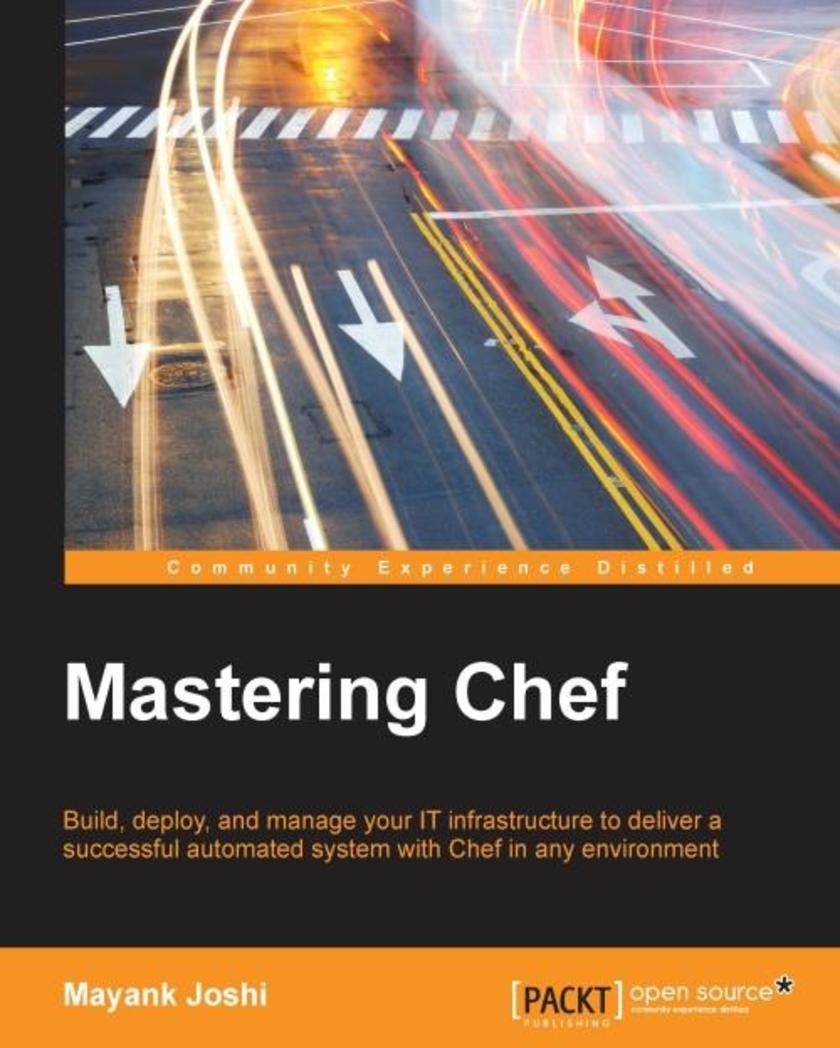
Mastering Chef
¥80.65
If you have used Chef before and are interested in automation of infrastructure and want to develop your own tools to manage large-scale infrastructures, then this book is for you.
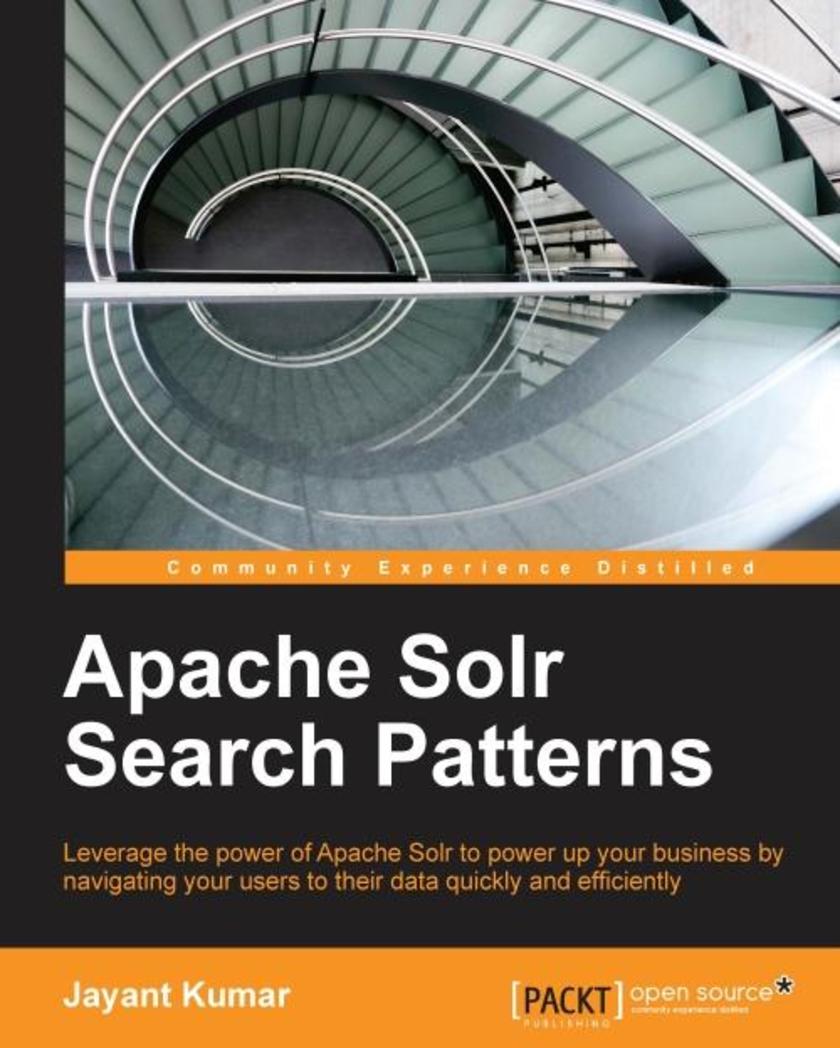
Apache Solr Search Patterns
¥90.46
This book is for developers who already know how to use Solr and are looking at procuring advanced strategies for improving their search using Solr. This book is also for people who work with analytics to generate graphs and reports using Solr. Moreover, if you are a search architect who is looking forward to scale your search using Solr, this is a must have book for you. It would be helpful if you are familiar with the Java programming language.
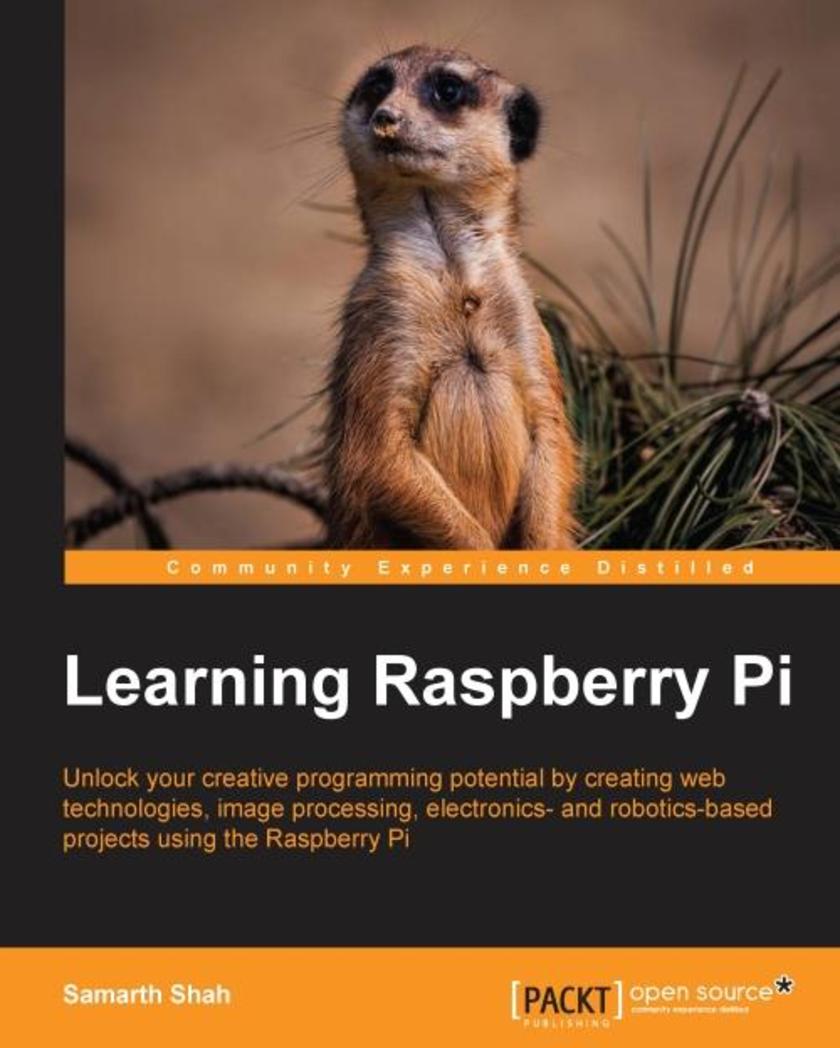
Learning Raspberry Pi
¥80.65
If you have a passion for technology and want to explore the world of Raspberry Pi, then this book provides you with all the tools and information you are looking for. Although being familiar with basic programming concepts is useful, you can still learn a lot from this book as a wide variety of topics are covered.
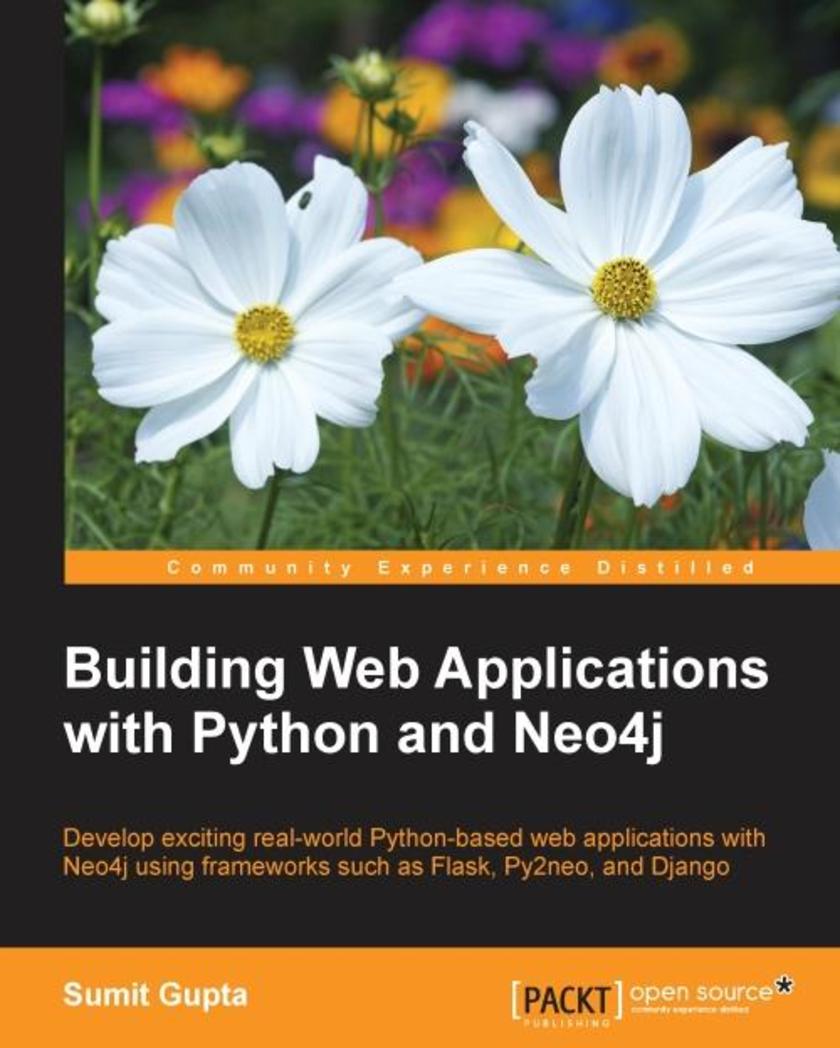
Building Web Applications with Python and Neo4j
¥63.21
If you are a Python developer and want to expand your understanding of Python-based web applications over Neo4j graph data models, this is the book for you.
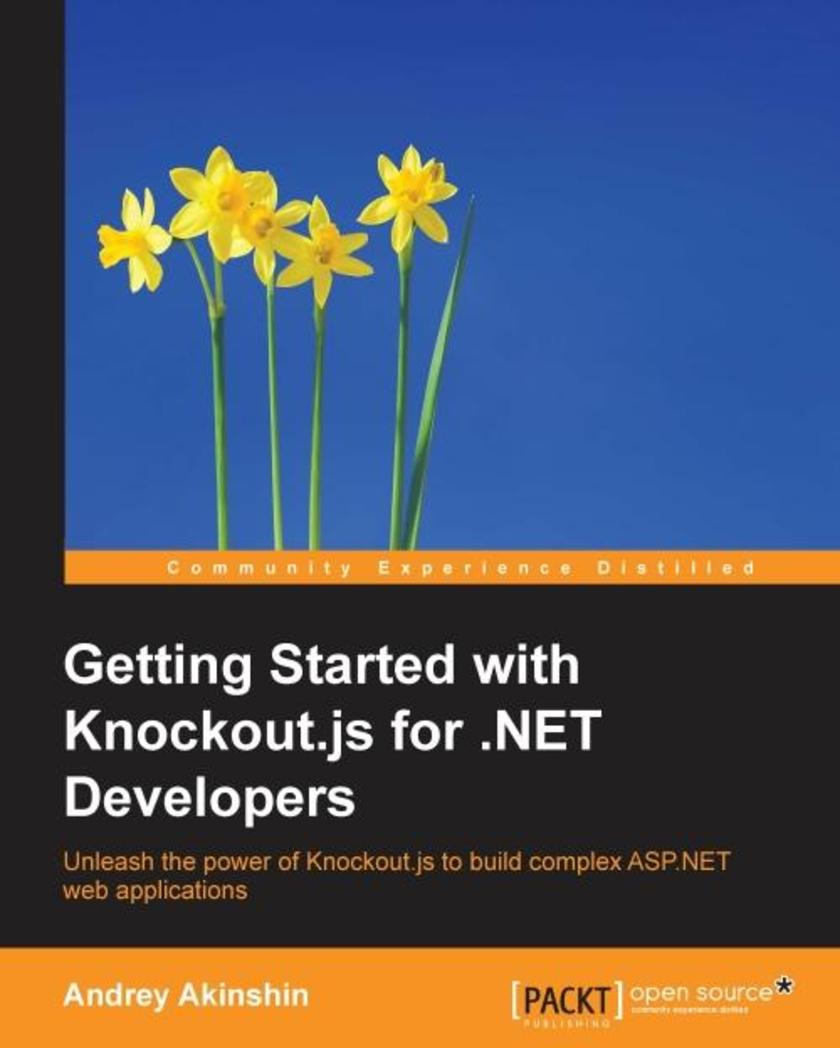
Getting Started with Knockout.js for .NET Developers
¥54.49
This book is intended for .NET developers who want to use the MVVM design pattern to create powerful client-side JavaScript linked to server-side C# logic. Basic experience with ASP.NET, Razor, and creating web applications is needed.
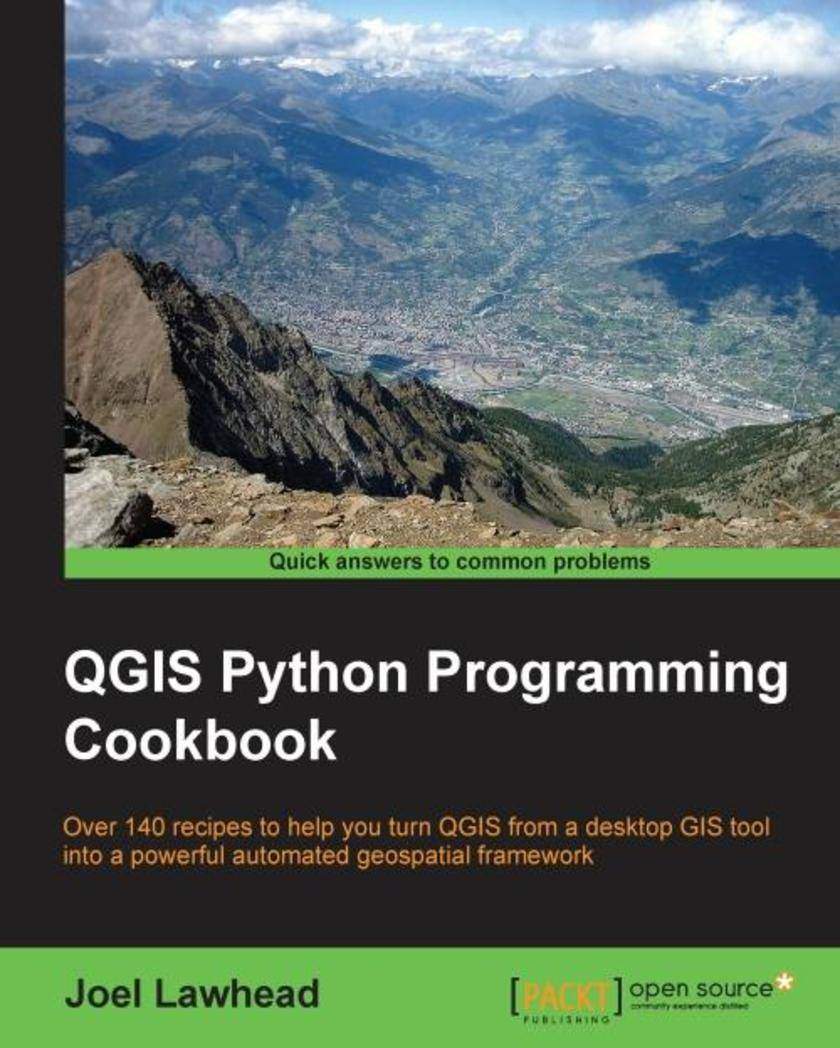
QGIS Python Programming Cookbook
¥90.46
If you are a geospatial analyst who wants to learn more about automating everyday GIS tasks or a programmer who is responsible for building GIS applications,this book is for you. The short, reusable recipes make concepts easy to understand. You can build larger applications that are easy to maintain when they are put together.
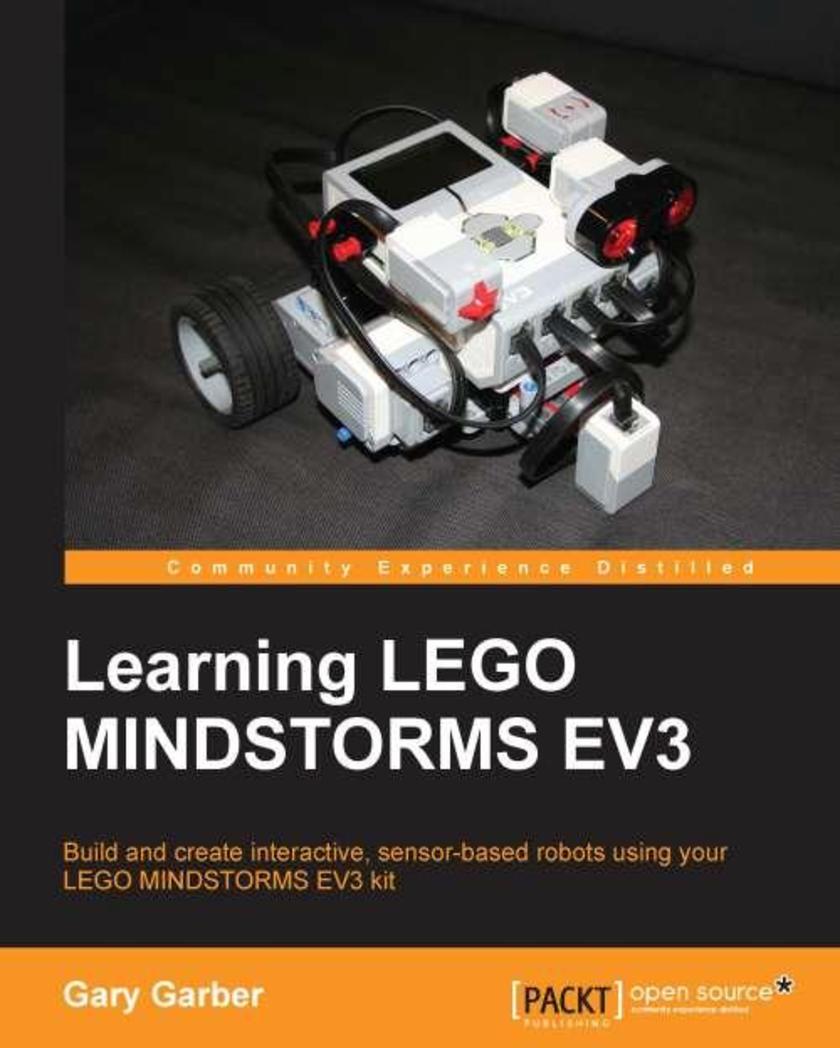
Learning LEGO MINDSTORMS EV3
¥80.65
This book is for the hobbyists, builders, and programmers who want to build and control their very own robots beyond the capabilities provided with the LEGO EV3 kit. You will need the LEGO MINDSTORMS EV3 kit for this book. The book is compatible with both the Home Edition and the Educational Edition of the kit. You should already have a rudimentary knowledge of general programming concepts and will need to have gone through the basic introductory material provided by the official LEGO EV3 tutorials.

Mastering pandas for Finance
¥80.65
If you are interested in quantitative finance, financial modeling, and trading, or simply want to learn how Python and pandas can be applied to finance, then this book is ideal for you. Some knowledge of Python and pandas is assumed. Interest in financial concepts is helpful, but no prior knowledge is expected.
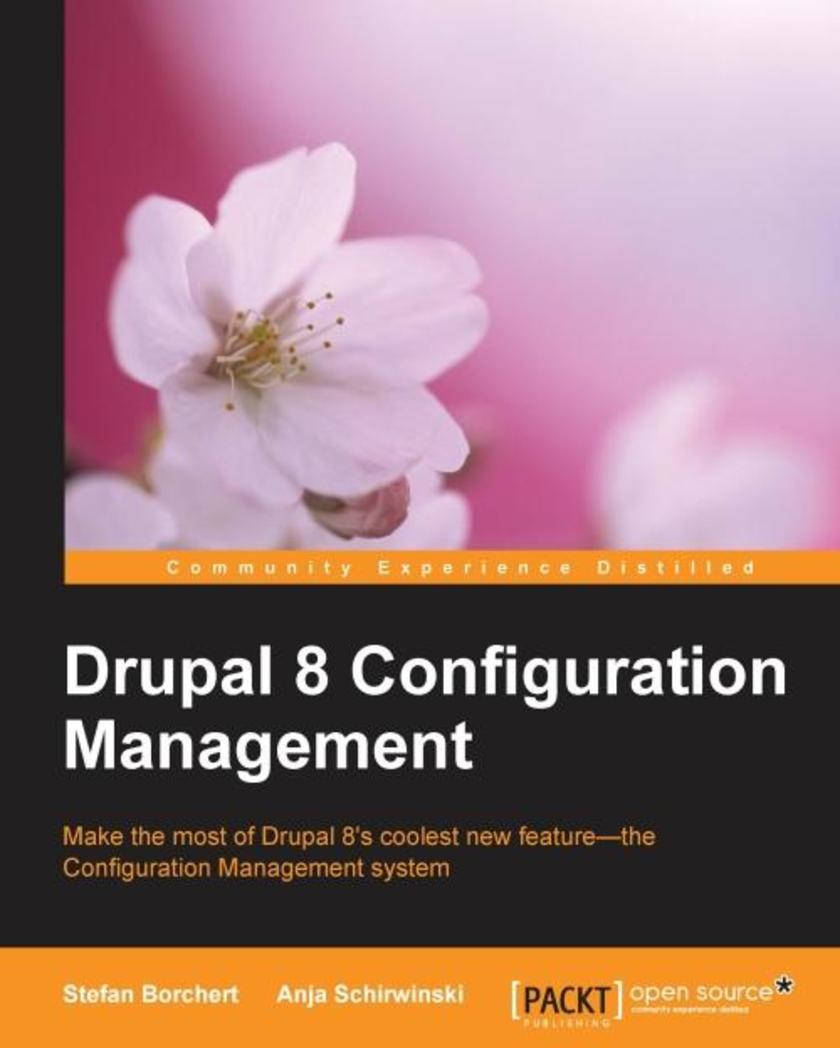
Drupal 8 Configuration Management
¥54.49
Drupal 8 Configuration Management is intended for people who use Drupal 8 to build websites, whether you are a hobbyist using Drupal for the first time, a long-time Drupal site builder, or a professional web developer.
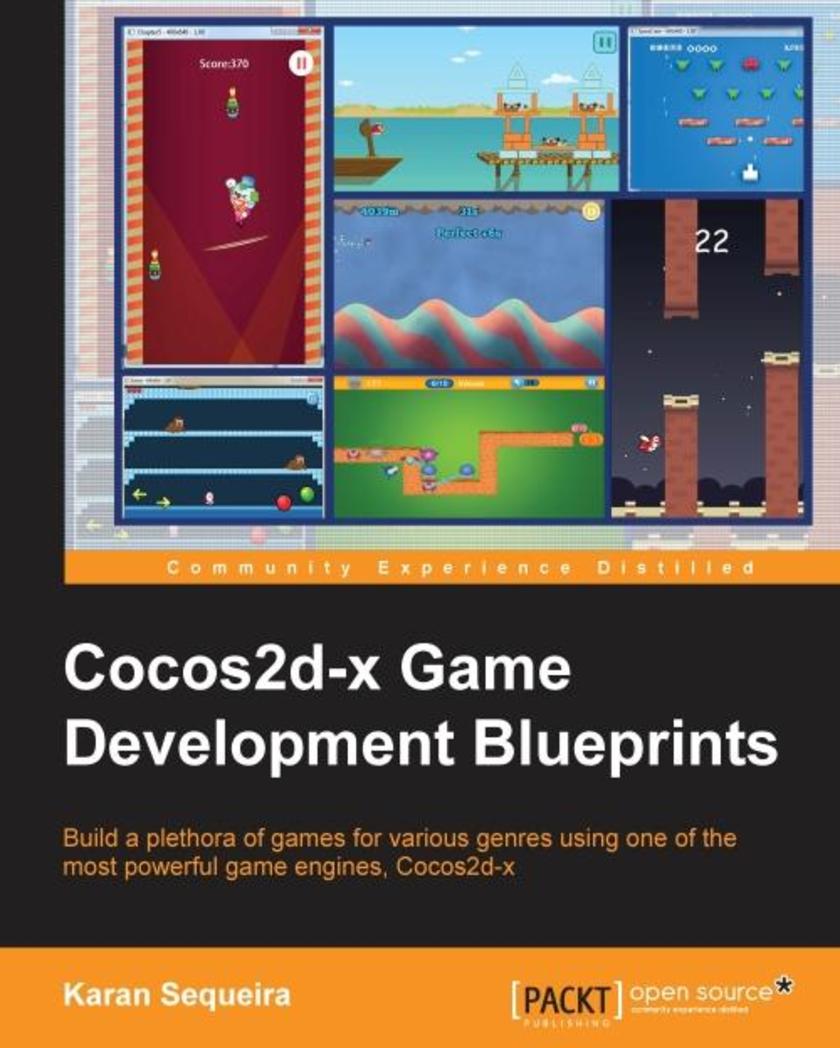
Cocos2d-x Game Development Blueprints
¥90.46
If you are a proficient Cocos2d game developer who wants to enhance his or her game development skill set using Cocos2d-x to build different types of games, this book is for you.

ElasticSearch Cookbook
¥99.18
Written in an engaging, easy-to-follow style, the recipes will help you to extend the capabilities of ElasticSearch to manage your data effectively.If you are a developer who implements ElasticSearch in your web applications, manage data, or have decided to start using ElasticSearch, this book is ideal for you. This book assumes that you’ve got working knowledge of JSON and Java
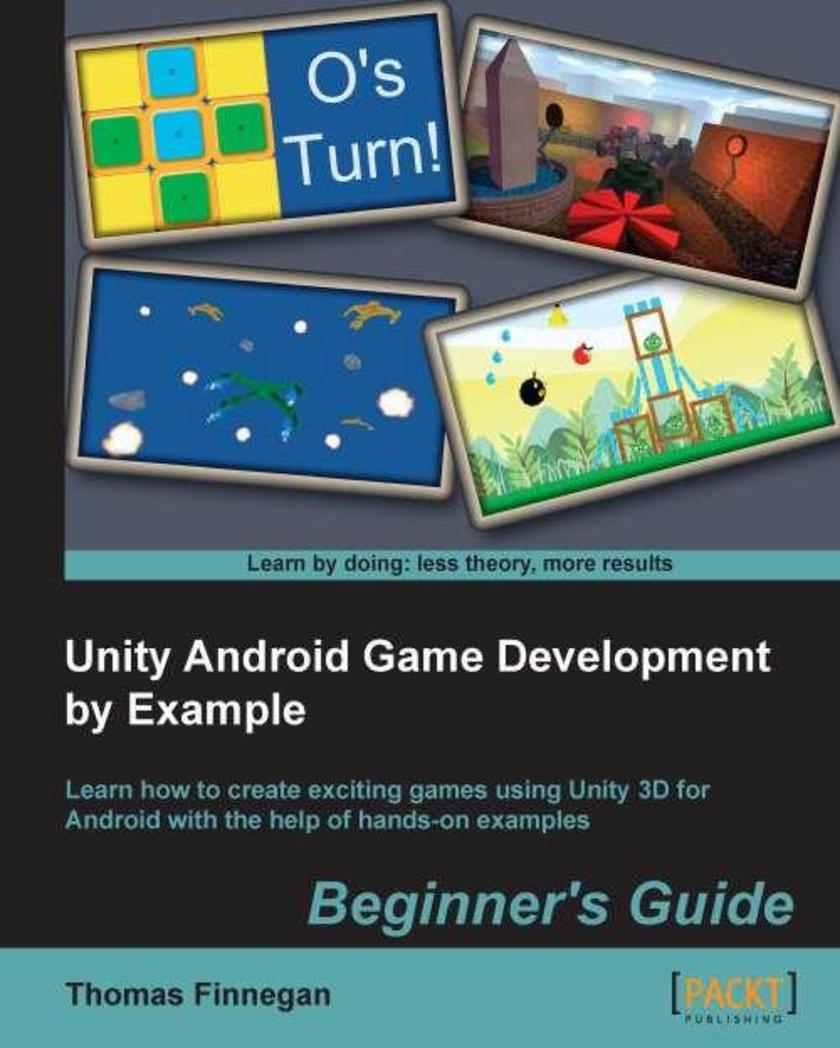
Unity Android Game Development by Example Beginner's Guide
¥80.65
Unity Android Game Development by Example Beginner's Guide consists of different game application examples. No prior experience with programming, Android, or Unity is required. You will learn everything from scratch and will have an organized flow of information specifically designed for complete beginners to Unity.Great for developers new to Unity, Android, or both, this book will walk you through everything you need to know about game development for the Android mobile platform. No experience with programming, Android, or Unity is required. Most of the assets used in each chapter project are provided with the book, but it is assumed that you have some access to basic image and model creation software. You will also need access to an Android powered device.
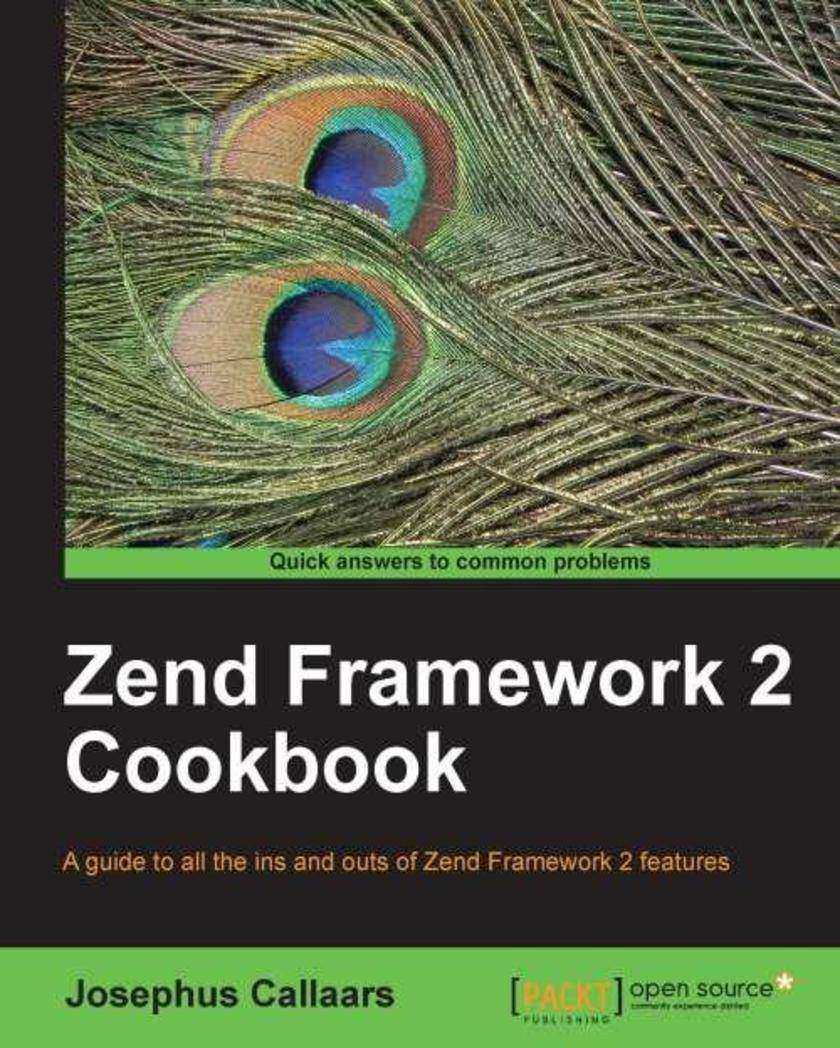
Zend Framework 2 Cookbook
¥90.46
This book is written in a practical, cookbook style with numerous examples and recipes. This style allows you to go both directly to your topic of interest or follow topics throughout a chapter to gain an in-depth knowledge of certain areas.'Zend Framework 2 Cookbook" is for PHP developers who are fairly advanced in programming in PHP. It will also be useful for developers who have a keen interest in expanding their knowledge outside the boundaries of simply *ing pages together. As unit testing and MVC will be discussed, it is beneficial for the reader to know what these technologies are, although experience with developing applications is not necessarily essential.
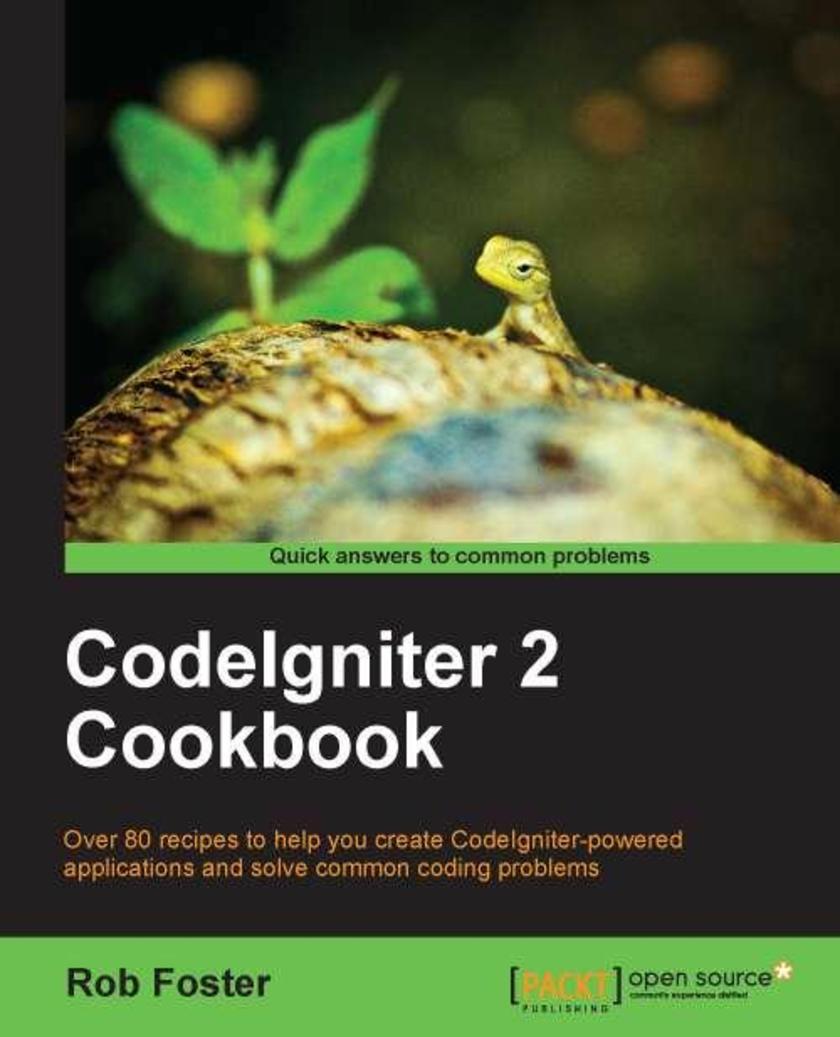
CodeIgniter 2 Cookbook
¥90.46
Presented in a recipe-based format, you are led step-by-step through each aspect of CodeIgniter, allowing you to dip in and out as you choose.CodeIgniter 2 Cookbook is for intermediate to advanced PHP developers who want to begin using the powerful CodeIgniter framework to create web applications. Familiarity with CodeIgniter isn’t essential, but it will be useful if you have been introduced to the framework before.

Blender 3D 2.49 Incredible Machines
¥80.65
This book presents practical tutorials and focuses on fun projects. It contains a lot of serious training material, but is presented in a fun and entertaining way. This book targets game designers/developers, artists, and product designers who want to create realistic images, 3D models, and videos of machines. You are expected to have experience with basic Blender operation, as the book is not a 'getting started' tutorial.
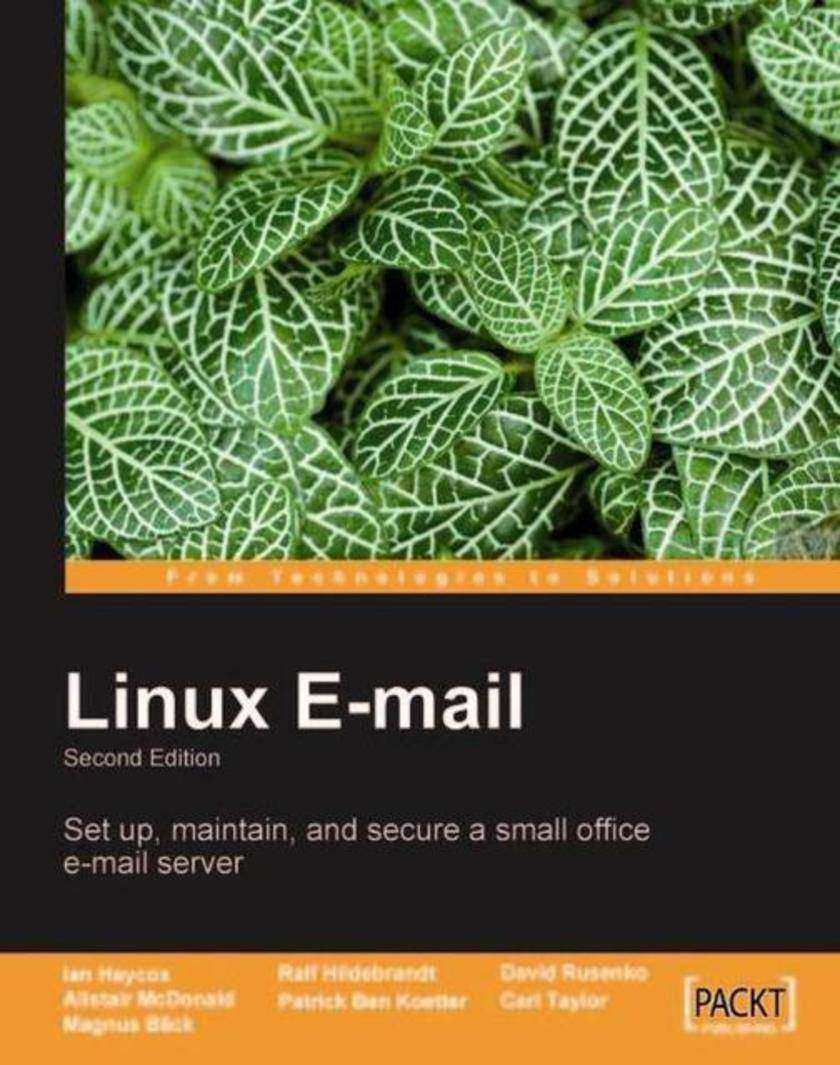
Linux Email
¥80.65
The book takes a practical, step-by-step approach to working with email servers. It starts by establishing the basics and setting up a mail server. Then you move to advanced sections like webmail access, security, backup, and more. You will find many examples and clear explanations that will facilitate learning. This book is aimed at technically confident users and new and part-time system administrators in small businesses, who want to set up a Linux-based email server without spending a lot of time becoming expert in the individual applications. Basic knowledge of Linux is expected.
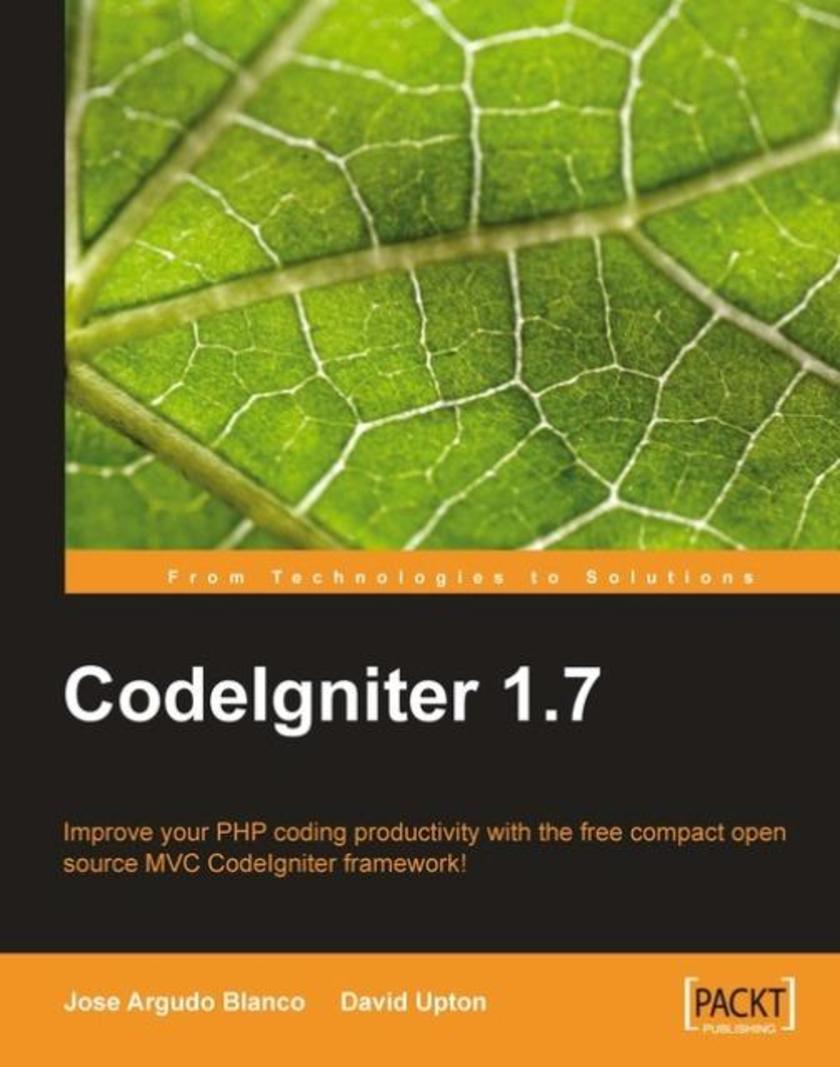
CodeIgniter 1.7
¥71.93
This book takes a step-by-step approach, presenting the main features of CodeIgniter in a systematic way and explaining them clearly. It is packed with examples, ideas, and screenshots to help you master this great framework. The code examples are very practical so you can even use them in your own projects. By following this book, you can use CodeIgniter in the best possible way and maximize your learning. This book is for developers who are new to CodeIgniter. Basic skills in PHP and MySQL are required, but only rudimentary object-oriented knowledge is needed. If you're looking for a better way to develop PHP applications, or want to find out more about the CodeIgniter framework as a viable option for one of your own projects, this book will help you.
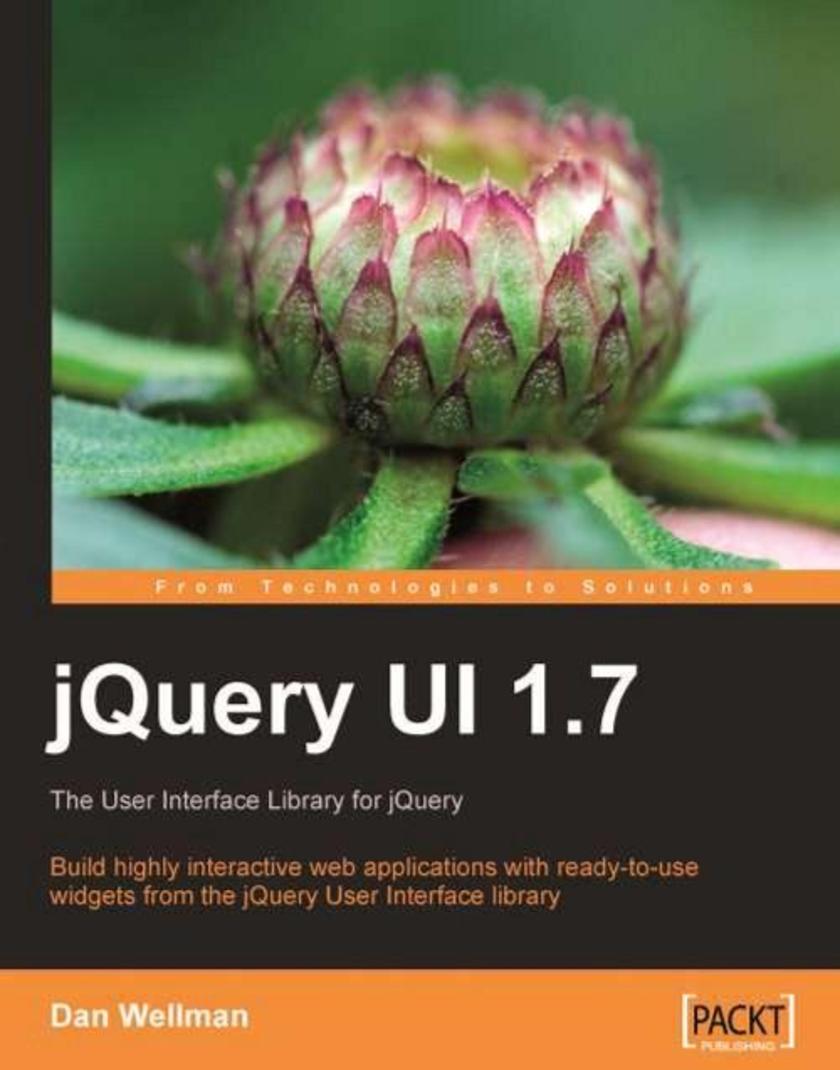
jQuery UI 1.7: The User Interface Library for jQuery
¥80.65
An example-based approach leads you step-by-step through the implementation and customization of each library component and its associated resources in turn. To emphasize the way that jQuery UI takes the difficulty out of user interface design and implementation, each chapter ends with a 'fun with' section that puts together what you've learned throughout the chapter to make a usable and fun page. In these sections you'll often get to experiment with the latest associated technologies like AJAX and JSON. This book is for front-end designers and developers who need to quickly learn how to use the jQuery UI User Interface Library. To get the most out of this book you should have a good working knowledge of HTML, CSS, and JavaScript, and will need to be comfortable using jQuery, the underlying foundation of jQuery UI.

IBM WebSphere eXtreme Scale 6
¥107.90
This book is a real-world practical tutorial with lots of examples. The data grid concepts are clearly explained and code samples are provided. The concepts are applicable to all IMDGs, and the examples represent the eXtreme Scale approach to the problem. This book is aimed at intermediate-level JavaEE Developers who want to build applications that handle larger data sets with massive scalability requirements. No previous experience of WebSphere eXtreme Scale is required.
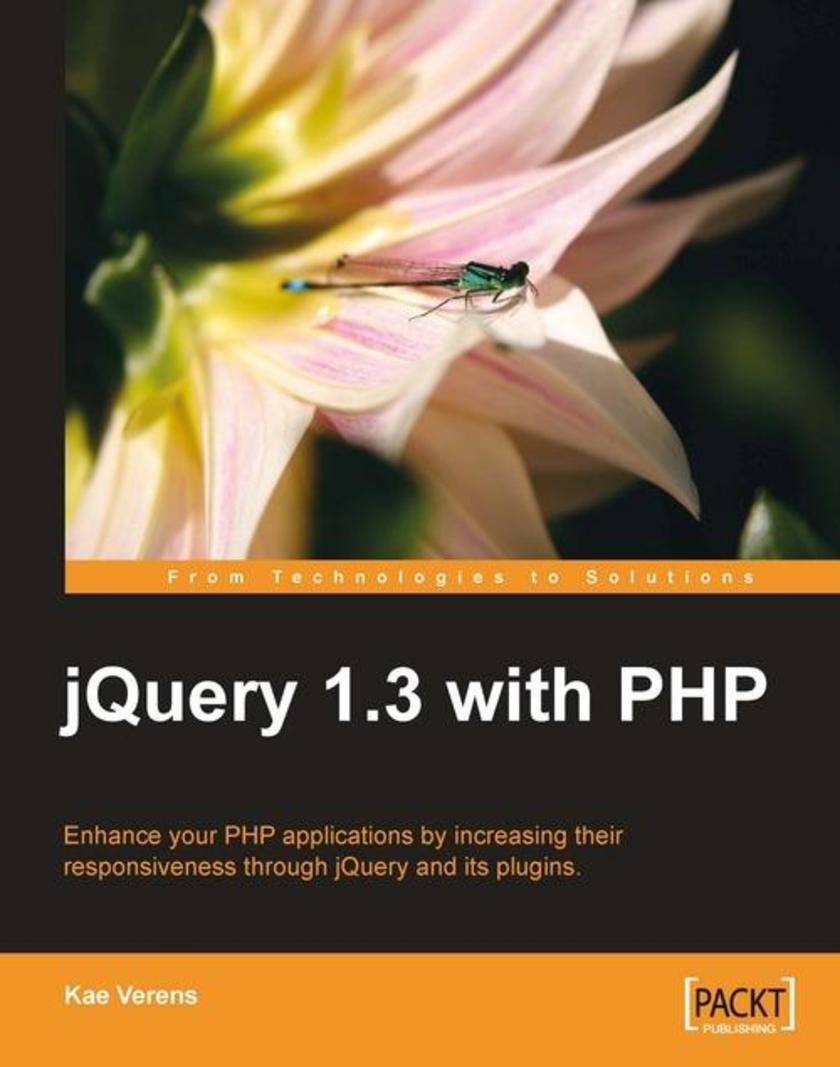
jQuery 1.3 with PHP
¥71.93
This book takes a practical approach to integrating PHP and jQuery, showing examples of every point discussed. All examples are written such that you should be able to copy out the code into your own projects and see immediate results, no matter what your experience with JavaScript. You will find projects developed within a chapter, building them up step-by-step, describing the process and thought that goes into it. Minimal requirements are needed on the server-side, so the examples should work with any setup. This book is for PHP application developers who want to improve their user interfaces through jQuery's capabilities and responsiveness. Whether you are familiar with jQuery or have only dabbled a little with JavaScript, this book will provide you with numerous practical examples of how to improve your application.
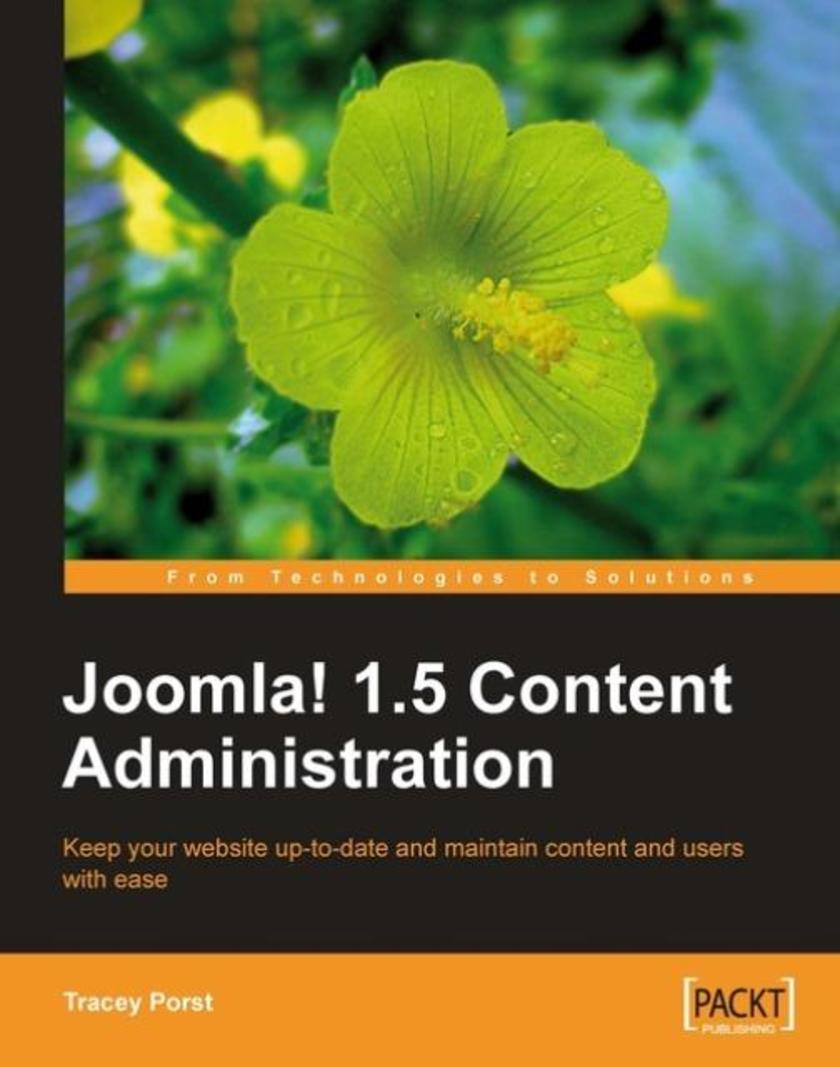
Joomla! 1.5 Content Administration
¥71.93
This book is very easy and straightforward to follow, and takes a hands-on approach, using practical examples to illustrate techniques and explain concepts using a fictitious company called "The Party People" to help you master the content administration of your web site. With each task outlined, simple explanations are offered on similar subject areas and links to further information are provided. If you are someone who wants to quickly and easily manage content and users for a Joomla! web site, this book is ideal for you. You could be a content editor, proofreader, graphic artist, feature editor, or anyone else concerned with managing content on a Joomla! installation. If you can browse the Web and use a wordprocessing software package, this book will help you develop the skills to efficiently manage your web site and gain a solid understanding of the Joomla! content management system.




 购物车
购物车 个人中心
个人中心



